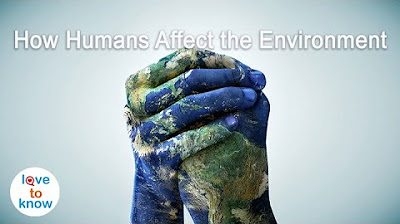How to Make Fingerprint Door Lock | Arduino Project
Summary
TLDRThe provided transcript appears to be a series of musical interludes with no discernible dialogue or narrative content. It suggests a video that may be focused on music, possibly with a series of musical cues or transitions. However, without clear context or spoken words, it's challenging to provide a detailed summary. The essence seems to be an audio-centric experience with a repetitive musical pattern that might be part of a larger musical piece or a video designed to evoke emotion through sound.
Takeaways
- 🎵 Music plays a significant role throughout the video.
- 🎶 There is a recurring musical theme that seems to be central to the video's atmosphere.
- 🎵 The use of 'so' and 'oh' might indicate a song with a repetitive chorus or hook.
- 🎶 The transcript suggests a focus on auditory elements rather than dialogue or narration.
- 🎵 The transcript structure implies a rhythmic or patterned sequence of musical cues.
- 🎶 The video might be a music video or a performance with a strong emphasis on the soundtrack.
- 🎵 The script lacks dialogue, suggesting a visual or non-verbal storytelling approach.
- 🎶 The transcript's repetitive nature could be a stylistic choice to emphasize the music.
- 🎵 The video may rely on the music to convey emotions or set the mood.
- 🎶 The absence of detailed content suggests that the takeaways are speculative and based on the format alone.
- 🎵 The transcript's simplicity might be a creative choice to highlight the music over other elements.
Q & A
What is the purpose of using music in a video script?
-Music in a video script is used to set the mood, enhance emotional impact, and provide a rhythmic or atmospheric backdrop to the visual content.
How does music affect the viewer's perception of a scene?
-Music can significantly influence a viewer's emotional response and perception of a scene, making it more engaging or dramatic.
What types of music are commonly used in video scripts?
-Common types of music used in video scripts include orchestral, electronic, ambient, and thematic music, depending on the genre and tone of the video.
Can music be used to mask silence or lack of dialogue in a video?
-Yes, music can be used to fill gaps where there is no dialogue, creating a sense of continuity and preventing the video from feeling empty.
How does the choice of music reflect the theme or genre of a video?
-The choice of music often reflects the theme or genre of a video, with different musical styles corresponding to different moods or narrative elements.
What role does music play in the opening and closing of a video?
-Music during the opening and closing of a video sets the tone for what the viewer is about to see or leaves a lasting impression as the video concludes.
Can music be used to transition between different scenes in a video?
-Music can serve as a smooth transition between scenes, helping to maintain the flow and narrative coherence of the video.
How important is the synchronization of music with the video's visuals?
-Synchronization of music with the video's visuals is crucial for creating a cohesive experience and ensuring that the audio and visual elements complement each other.
What are some common challenges faced when selecting music for a video script?
-Challenges in selecting music for a video script include finding music that fits the tone, ensuring copyright clearance, and matching the tempo and mood of the scenes.
Can music be used to convey a character's emotions or state of mind?
-Absolutely, music can be a powerful tool for conveying a character's emotions or state of mind, providing insight into their feelings without the need for dialogue.
How might the absence of music affect a video script?
-The absence of music in a video script can make it feel flat or lack emotional depth, potentially reducing its overall impact on the viewer.
Outlines

This section is available to paid users only. Please upgrade to access this part.
Upgrade NowMindmap

This section is available to paid users only. Please upgrade to access this part.
Upgrade NowKeywords

This section is available to paid users only. Please upgrade to access this part.
Upgrade NowHighlights

This section is available to paid users only. Please upgrade to access this part.
Upgrade NowTranscripts

This section is available to paid users only. Please upgrade to access this part.
Upgrade NowBrowse More Related Video

Tamang Pagpapasya (The Show-My own Version)

How Do Humans Affect The Environment

Trans Man Recalls His Struggles of Being Pregnant & Giving Birth | The Quint

FREE PLP‼️DESIGN POSTER CARTOON MATCHDAY ALA AKUN RESMI INSTAGRAM PERSIS SOLO 2024 || PIXELLAB

CITING SOURCES | klasinfonetwork

บทที่ 4: ชุดที่ 7 "อย่าอดนอน" (23 นาที)
5.0 / 5 (0 votes)